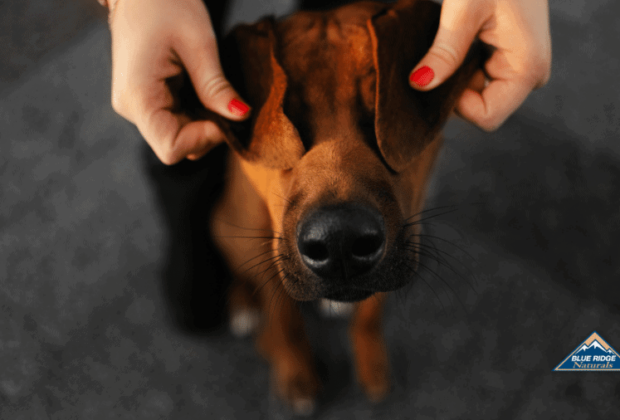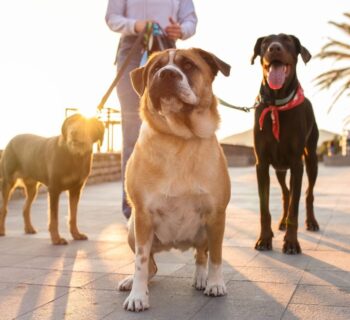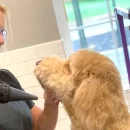Let me make this clear. If a treat can’t be eaten, if it can’t be 100% natural (ie from an animal) – then it’s not a treat, it’s a toy.
I kind of forgot while writing this article, that there are so many manufacturers of fake bones, artificial plastic kinds of bones. Not only does that make a mockery of the primal nature of dogs to chew actual things they would have caught in the wild, but it provides them no chance to be rewarded with natural bone nutrition.
The fake bone manufacturers claim that they are providing hypo-allergenic materials, but so probably is a lawn chair. It doesn’t make it a treat, even if it is bone shaped. The other thing to remember is that while natural dog bones can be grown and sourced in your own country, so you know how safe the additives (things they have eaten) are likely to be, whether is a real bone or a fake bone from overseas, you have VERY different quality control standards there.
China might be great at producing many of the worlds products, but most people agree, that when it comes to their dogs and safety. They probably trust locally grown or made far more than one from a totalitarian ruled country, with suspect human rights records, let alone animal care records.
Why artificial dog bones exist
Mostly because they are cheaper. They are probably made from some form of plastic that uses petrochemicals in the process, but also there is the risk that they have artificial additives, colors or artificial flavors added to the plastic to fool the dogs into chewing the bones.
What about dog bone allergies to real bones
Real animal bones mostly as dog treats, are the bone material, that is mostly a complex calcium and phosphorus structure. There might be some meat on it, which most dog owners want, but that meat is often minimal percentage wise.
If the dogs are a big dog or the bones are small and soft, the dog might be able to chew the bone down into smaller enough sizes to swallow, but what will mostly be happening is that their body will be trying to digest the elements calcium and phosphorous.
The other major component of course is the fat, in the form of marrow. Unless your dog is powerful, or the bone is small, or the bone is cut lengthwise down its centre, the marrow won’t be exposed. The biggest issue most people find with marrow is that it’s a very nutrient dense material and provides two and a half times the calories of protein or carbs of the same weight.
If it’s a big bone, and your dog is eating one per day, you probably don’t need to concern yourself too much with that.
But what if your dog is allergic to beef, chicken, lamb etc. will they get an allergy from the marrow? The answer is mostly no - you should mostly be concentrating on the excellent meaty long lasting chews that dog bones provide. The dog bone is about being an occupier treat, a dog puzzle, not a supplier of main protein.
But in short, the inside of the bone is the Marrow part. It has a jelly like consistency> it has two types - the red and yellow marrow (which often turn white when cooked). Since bones release baby blood cells (red and white) into the circulatory system of dogs to replenish old and lost ones, marrow also has very nutritious stem cells that create those blood cells.
Besides this marrow contains fat, cartilage, bone matrix, vitamin B12 and PROTEIN.
So, while marrow has nowhere near the amount of protein that the meat has, it still exists in there, and if a dog is severely allergic to beef, chicken, lamb or whatever bone you are feeding the dog it comes from, then yes, a dog can have an allergic reaction.
The smartest thing to do, is once you have identified a specific animal protein allergy your dog has, is don’t buy a bone from that same animal. There are plenty of other animals out there, with many different proteins that your dog probably won’t be allergic to.
You can do food allergy tests at your vet, but usually they suggest and exclusion diet, to exclude one protein at a time – each test lasting around 6 weeks.








